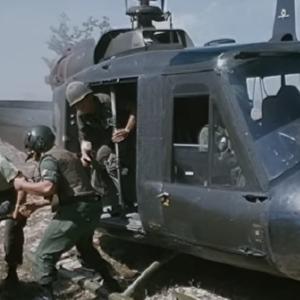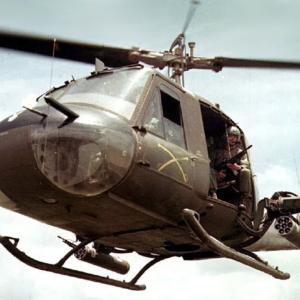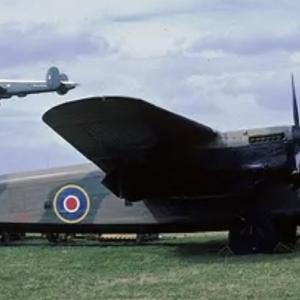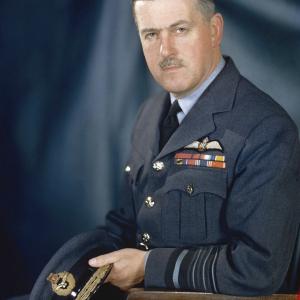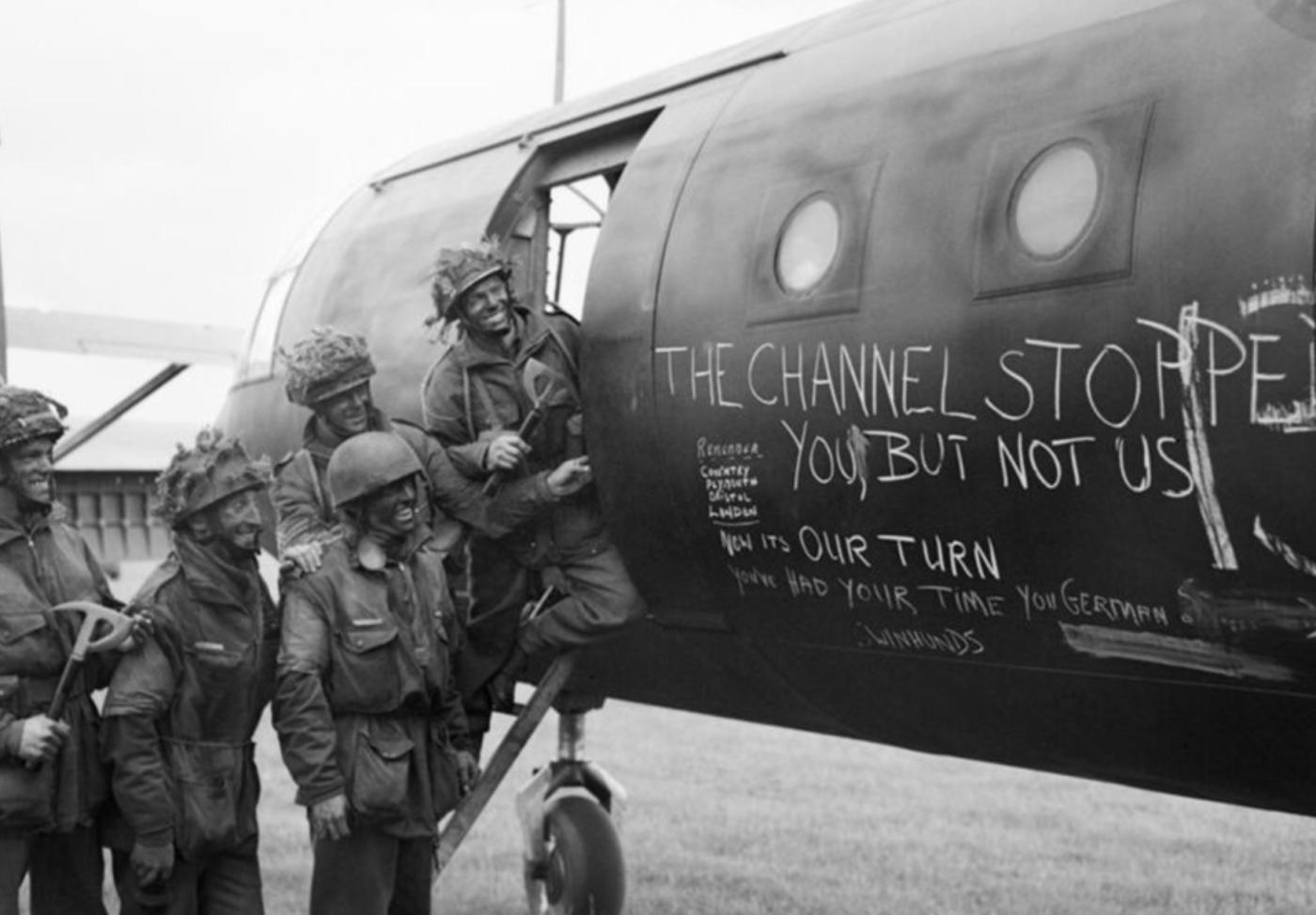
Airborne assault
On June 6, 1944, the Allied forces launched Operation Overlord, the massive invasion of Nazi-occupied Western Europe via the beaches of Normandy, France. A critical component of this invasion involved airborne forces being dropped behind enemy lines during the night and early morning hours before the main amphibious assault. Their mission was to disrupt German defenses, capture vital terrain, and protect the flanks of the beachheads.
Three major airborne divisions were involved in these operations: the United States 82nd and 101st Airborne Divisions, and the British 6th Airborne Division. They were delivered by hundreds of transport aircraft and gliders across the English Channel, landing deep in enemy territory. These paratroopers faced disorganized landings, scattered units, and fierce German resistance, but their actions proved vital in the success of the Normandy landings.
The United States contributed two full airborne divisions to the assault: the 101st Airborne Division, also known as the "Screaming Eagles," and the 82nd Airborne Division, known as the "All American" division. Both divisions were tasked with landing behind Utah Beach to support the seaborne landings and block German reinforcements from reaching the coast.
The 101st Airborne Division was assigned to secure the western approaches to Utah Beach. It was to capture causeways leading inland, seize road junctions, and prevent German counterattacks. Key regiments included the 501st, 502nd, and 506th Parachute Infantry Regiments. Despite heavy flak and poor weather that led to scattered drops, the paratroopers adapted quickly. The division played a key role in linking up with forces coming from the beach and clearing access routes.
The 82nd Airborne Division landed in the area west of the town of Sainte-Mère-Église. Its main objectives were to secure the town, control key bridges over the Merderet River, and protect the right flank of the Utah Beach landings. Its parachute regiments included the 505th, 507th, and 508th. Like the 101st, many units were dropped far from their designated zones, but the paratroopers managed to regroup and seize vital ground. Sainte-Mère-Église became one of the first French towns liberated by the Allies, despite heavy casualties and fierce resistance.
Both divisions encountered confusion and chaos on the ground, but their determination and ability to improvise led to the completion of most of their critical objectives.
On the eastern flank of the Normandy landings, the British 6th Airborne Division was deployed to secure territory near Sword Beach. Under the command of Major General Richard Gale, the division had the task of protecting the left flank of the invasion, preventing German reinforcements from attacking the beaches, and securing vital bridges and roadways.
The division consisted of two parachute brigades and one airlanding brigade. The 3rd Parachute Brigade included the 8th and 9th Battalions of the Parachute Regiment and the 1st Canadian Parachute Battalion. The 5th Parachute Brigade contained the 7th, 12th, and 13th Battalions of the Parachute Regiment. These troops were dropped east of the River Orne, near villages such as Ranville and Herouvillette. The 6th Airlanding Brigade, carried in by gliders, included infantry and support elements crucial for holding territory.
One of the most iconic actions of D-Day was the capture of Pegasus Bridge and Horsa Bridge over the Caen Canal and River Orne. This operation was carried out by glider troops from D Company of the 2nd Oxfordshire and Buckinghamshire Light Infantry, led by Major John Howard. The attack began shortly after midnight and successfully seized the bridges in a matter of minutes. Meanwhile, other elements of the division destroyed bridges over the River Dives to hinder German reinforcements and assaulted the Merville Gun Battery, a heavily fortified position threatening Sword Beach.
Despite heavy resistance and disorganized landings, British paratroopers secured all major objectives and held off repeated German counterattacks until relieved by seaborne forces.
The airborne operations on D-Day were not without significant difficulties. Poor weather conditions, navigational errors, and intense German anti-aircraft fire led to widespread dispersal of paratroopers. Many units landed miles from their intended drop zones. Some aircraft missed their targets entirely, and others were shot down before their troops could jump.
Nevertheless, the presence of airborne forces behind enemy lines caused confusion and disrupted German defensive plans. Their unexpected arrival forced the Germans to divert reinforcements away from the beaches, giving the amphibious landings a better chance to succeed. While some missions were only partially completed, the overall strategic goals were achieved.
Casualties among the airborne divisions were heavy. Many men were killed in the air, upon landing, or in the initial firefights. Glider troops, in particular, suffered devastating losses during crash landings and engagements immediately after arrival. Despite these losses, the courage and effectiveness of the airborne troops on D-Day played a critical role in the success of Operation Overlord.
The legacy of the airborne operations in Normandy lives on in military history. The determination, adaptability, and sacrifice of these elite troops demonstrated the vital importance of airborne forces in modern warfare. Their efforts on June 6, 1944, helped secure a foothold in France and contributed to the eventual defeat of Nazi Germany.

